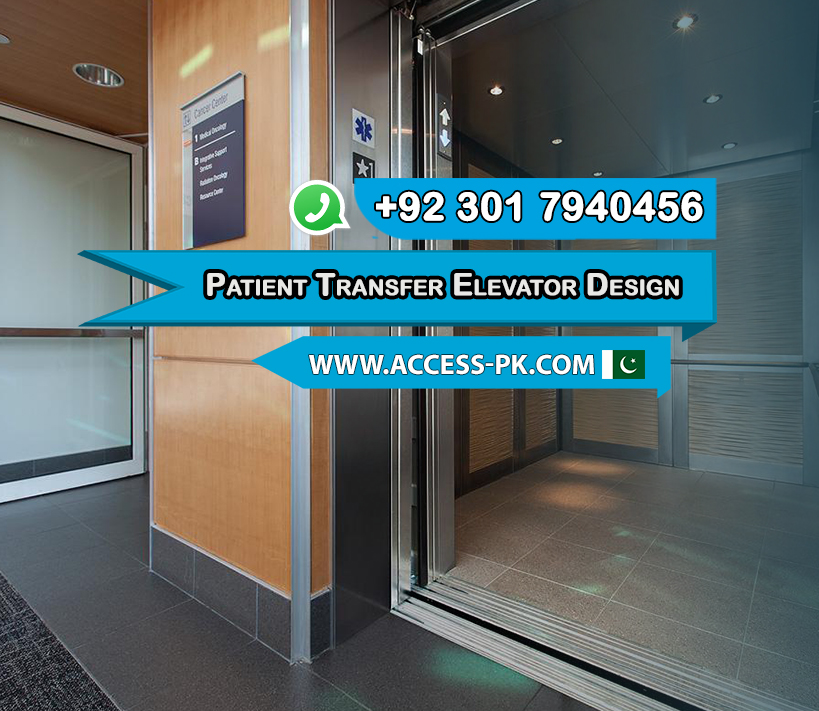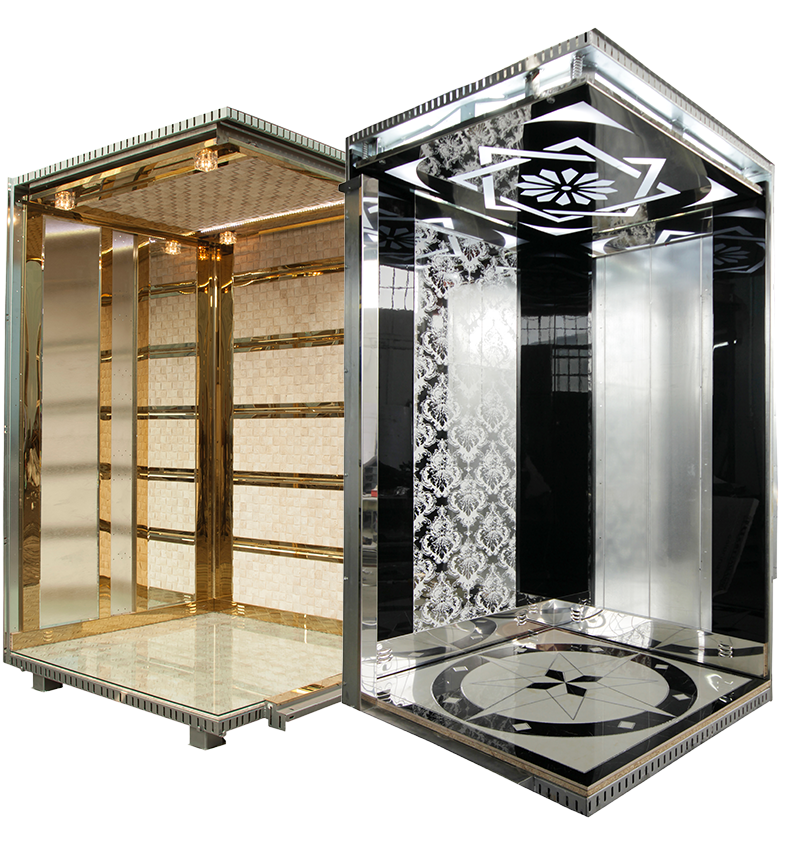Patient Transfer Elevator Design plays a pivotal role in ensuring the efficiency of healthcare facilities. These specialized elevators are essential for patients’ swift and safe movement between different floors. To optimize their performance, elevators are thoughtfully designed, incorporating advanced technology and safety features.
In healthcare settings, time is often of the essence. Patient Transfer Elevator Design, particularly when implemented by Access Technologies, the best elevator company owned by Imran Rafi, takes this into account by minimizing wait times. Having dedicated elevators for patient transfers, provided by Access Technologies, reduces the risk of interference with general foot traffic, ensuring a smooth and uninterrupted journey for patients and medical staff.
Moreover, the interiors of patient transfer elevators are designed to be spacious and user-friendly. This design accommodates not only patients but also medical equipment. These elevators are equipped to handle various conditions, such as wheelchair accessibility or the transportation of patients on stretchers. Using shock-absorbing materials ensures a comfortable and secure ride, minimizing the risk of injury or discomfort during transportation.
In addition to the patient’s convenience, healthcare professionals benefit from Patient Transfer Elevator Design. The ergonomically designed interiors and user-friendly controls make it easier for them to transport patients efficiently. The design of these elevators promotes a proactive and responsive approach to healthcare, ensuring that patients and medical staff can rely on a smooth and efficient elevator experience.
Get Free QuotesElevator Safety First: Designing Elevators
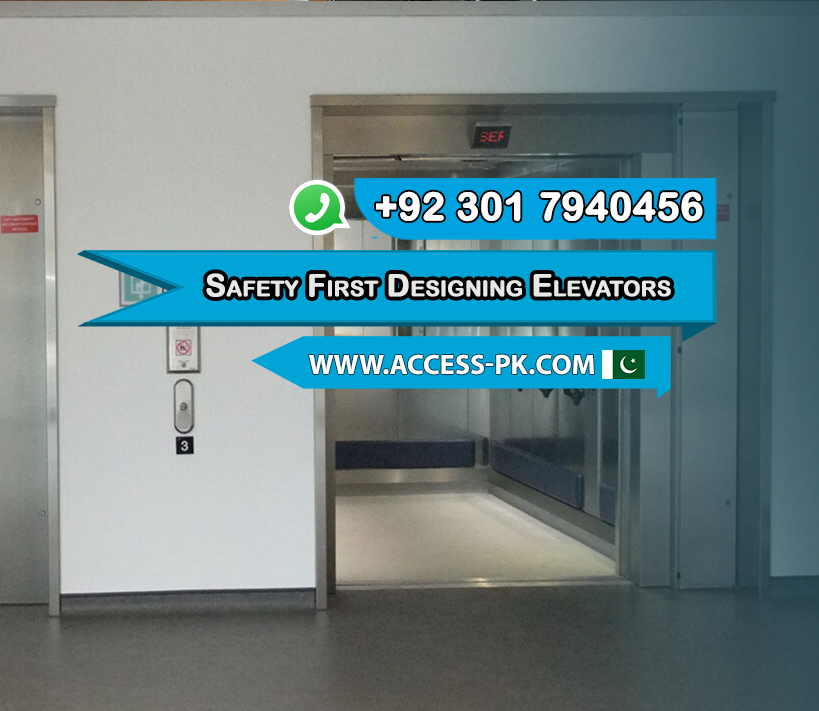
Patient Transfer Elevator Design places patient safety as its top priority, ensuring that elevators in healthcare facilities are secure and reliable. These elevators are designed with advanced safety features and technologies to provide patients and medical staff with a safe environment.
In inpatient transfer elevators, cutting-edge technology is utilized to enhance safety. Motion sensors, emergency stop buttons, and fail-safe systems are incorporated to automatically halt the elevator in case of abnormalities, guaranteeing that patients remain safe throughout the transfer process. Whether a patient needs to be moved from one floor to another or a hospital bed lift is required, these safety features ensure the well-being of everyone involved.
The interior design of patient transfer elevators also emphasizes safety. Non-slip flooring, strategically positioned handrails, and clear visual and auditory indicators for floor announcements create a secure environment.
By prioritizing safety in elevator design, healthcare facilities can assure patients and their families that their well-being is the foremost concern. In cases where a hospital bed lift is necessary or a patient needs to be transported for critical care, patient transfer elevators are reliable and secure, fostering trust in the healthcare system and ensuring that patients receive the best possible care.
Get Free QuotesElevator Accessibility and Inclusivity
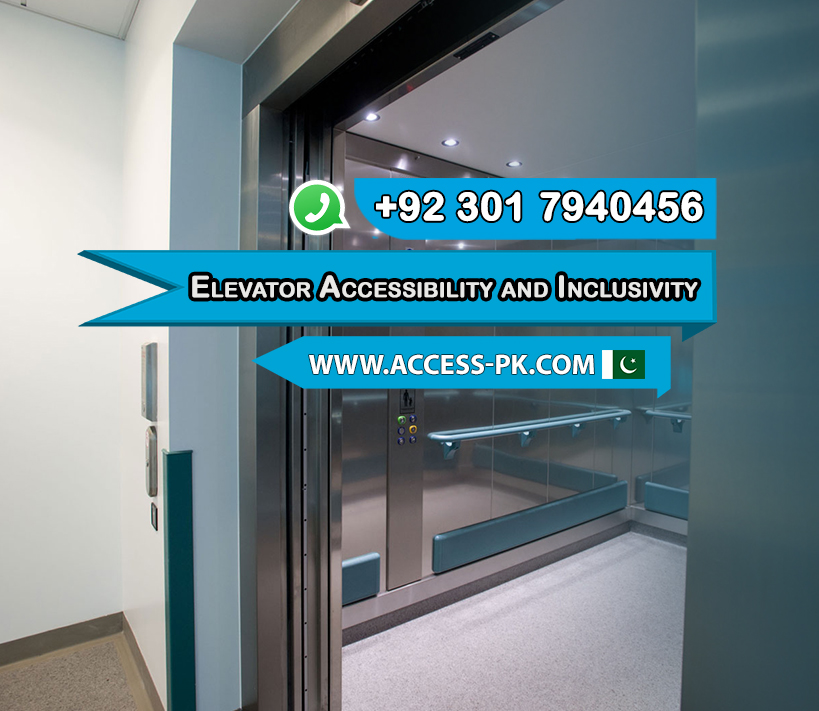
Patient Transfer Elevator Design goes beyond safety and efficiency and focuses on accessibility and inclusivity within healthcare facilities. These elevators ensure that everyone can easily access healthcare services regardless of their physical abilities.
Patient transfer elevators often incorporate braille signage, audio announcements, and clear visual indicators for floor announcements to enhance inclusivity. These additions help patients with visual or hearing impairments to use the elevators independently, making healthcare facilities more inclusive.
The inclusivity extends to the ease of use for healthcare professionals as well. User-friendly controls and ergonomically designed interiors make it easier for medical staff to transport patients efficiently. The design of these elevators ensures that patient transfers are not only accessible but also hassle-free for everyone involved.
In conclusion, the Patient Transfer Elevator Design, focusing on accessibility and inclusivity, ensures that healthcare facilities welcome all patients, regardless of their physical or cognitive abilities. These elevators play a vital role in creating an environment where everyone can access the healthcare services they need with ease and dignity, whether they require a hospital bed lift or a simple floor change.
Get Free QuotesSustainability and Energy Efficiency in Elevator Design
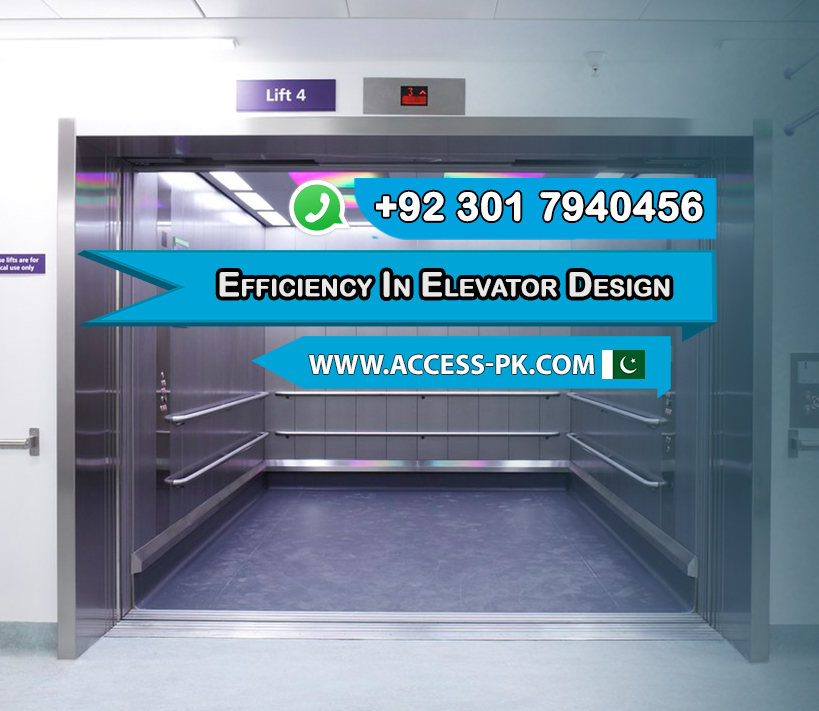
In Patient Transfer Elevator Design, sustainability and energy efficiency have become critical considerations. Healthcare facility elevators are designed to minimize their environmental impact and reduce operational costs.
One way in which sustainability is incorporated into elevator design is through the use of regenerative drives. These systems capture and reuse energy during elevator descents, contributing to energy efficiency. Whether patients need a hospital bed lift to be transferred to another floor or a more routine elevator ride, this technology reduces energy consumption and lessens the carbon footprint of healthcare facilities.
Patient Transfer Elevator Design also emphasizes energy-efficient lighting solutions, such as LED lighting. Additionally, motion-activated controls ensure that lights are only on when needed, reducing energy usage. These design elements help healthcare facilities not only save on energy costs but also reduce their impact on the environment.
Furthermore, the materials and technologies used in the design of patient transfer elevators are chosen with sustainability in mind. They are easy to maintain, extending the operational lifespan of the elevators and reducing the need for frequent replacements. Healthcare facilities can reduce waste and resource consumption over time by ensuring that elevator components are durable and long-lasting.
Patient Transfer Elevator Design considers sustainability and energy efficiency essential in healthcare facilities. Elevators designed with these principles in mind, be it for a hospital bed lift or a routine patient transfer, reduce costs and promote eco-friendly healthcare.
Get Free Quotes

